Abnormal ecg normal sinus rhythm 214248-What does abnormal ecg sinus rhythm mean
The rhythm is similar to normal sinus rhythm, except that the RR interval is less than 06 seconds The a wave may tend to merge with the v wave in the CVP trace, and the P wave may be obscured by the T wave in the ECG (not apparent in this trace) The pulse pressure may be lesser due to a lower stroke volume and decreased time for diastolicAug 01, 18 · ECG features of normal sinus rhythm Regular rhythm at a rate of bpm (or ageappropriate rate in children) Each QRS complex is preceded by a normal P wave Normal P wave axis P waves upright in leads I and II, inverted in aVR The PR interval remains constantAccelerated Junctional Rhythm ECG (Example 2) Atrial Fibrillation with Normal Ventricular Rate ECG (Example 1) Sinus Rhythms Sinus Rhythms
Q Tbn And9gcqqqwnj3th 902orw2rmnlmf6yd35kfnhkva Ttn453y Ryane Usqp Cau
What does abnormal ecg sinus rhythm mean
What does abnormal ecg sinus rhythm mean-A sinus rhythm is any cardiac rhythm in which depolarisation of the cardiac muscle begins at the sinus node It is characterised by the presence of correctly oriented P waves on the electrocardiogram (ECG) Sinus rhythm is necessary, but not sufficient, for normal electrical activity within the heart The term normal sinus rhythm (NSR) is sometimes used to denote a specific type of sinusMar 16, 15 · An abnormal EKG can mean many things Sometimes an EKG abnormality is a normal variation of a heart's rhythm, which does not affect your health Other times, an abnormal EKG can signal a medical




Cv Physiology Abnormal Rhythms Definitions
//wwwgofundmecom/f/ninjanerdscienceNinja Nerds,Welcome to our Electrocardiogram (ECG) playlist!If the rhythm is sinus rhythm (ie under normal circumstances) the Pwave vector is directed downwards and to the left in the frontal plane and this yields a positive Pwave in lead II (Figure 2, righthand side) The Pwave is always positive in lead II during sinus rhythmSinus rhythm (aka normal sinus rhythm) refers to the normal heart beat originating from the sinoatrial node This is manifested as an upright P wave in lead II of the ECG
Mar 22, · Sinus rhythm (aka normal sinus rhythm) refers to the normal heart beat originating from the sinoatrial node Sinus bradycardia occurs when the heart rate is less than 60 beats per minute and sinus tachycardia when the heart rates is greater than 100 beats per minute in the setting of a sinus P wave on the ECGNov 03, 17 · In this lesson, we'll look more closely at an example of a normal sinus rhythm on an ECG for a pediatric patient and see what findings and measurements are considered normal, and what to be on the lookout for that would be considered abnormal *Normal Sinus Rhythm ECG 1 The Heart Rhythm The first thing you'll want to look at is the heart rhythmApr 07, · A normal ECG reading shows a consistent heart rhythm and a heart rate between 60 and 100 beats per minute, states MedlinePlus Abnormal ECG results are associated with conditions such as heart failure, atrial fibrillation, sick sinus syndrome and multifocal atrial tachycardia
Anticoagulant or antiplatelet drugs such as warfarin (a "blood thinner") or aspirin, whichSinus Rhythm EKG (ECG) Tracing EKG tracings are printed on grid paper or displayed on a patient monitor These tracings, the EKG waveform, have key features which indicate sinus rhythm or abnormalities (arrhythmias) There are six wave components which are commonly analyzed in determining if the EKG is a sinus rhythmThe resultant rhythm is referred to as an escape rhythm If the escape rhythm originates from the AV nodal area, the QRS morphology may look relatively normal Usually, however, the escape rhythm originates from lower down and the QRS morphology tends to be abnormal (wide and bizarre) Example of Third Degree Heart Block in the Dog Etiology
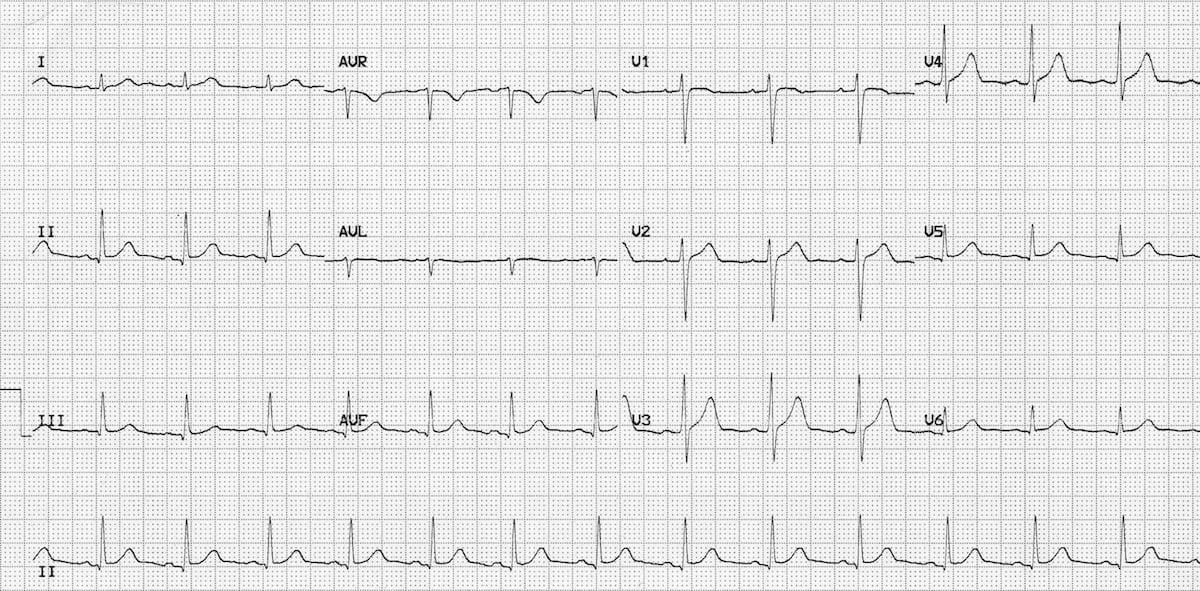



Normal Sinus Rhythm Litfl Medical Blog Ecg Library Basics



Q Tbn And9gcqqqwnj3th 902orw2rmnlmf6yd35kfnhkva Ttn453y Ryane Usqp Cau
Doesn't this mean he had a heart attack??Then things return to normal Other people have AFib often and need treatment to get their heartbeat to return to a normal sinus rhythm Call your doctor if you have symptomsJun 15, 11 · 40,500 satisfied customers My EKG said sinus rhythm rapid premature ventricular my EKG said sinus rhythm rapid premature ventricular complexes right atrial overload P >025 mV in II P =118 ms septal infarct QS in V1 V2 R




Common Arrhythmias The Importance Of Ecg Interpretation The Veterinary Nurse



Ecg A Pictorial Primer
Sinus bradycardia ECG, causes & management Definition of sinus bradycardia Sinus bradycardia fulfills the criteria for sinus rhythm but the heart rate is slower than 50 beats per minute• Sinus tachycardia is a sinus rhythm that's faster than the upper normal sinus rate of 100 beats/minute Sinus tachycardia can produce heart rates of 100 to 150 beats/minute At faster rates, the heart's myocardial oxygen demand increases, and a patient with preexisting heart disease may experience chest discomfort or other signs and symptomsApr 23, 15 · I don't think I had a heart attack, but my EKG suggests it Please explain the result My EKG resulted in sinus rhythm but possible inferior or anterior infarct – age undetermined I am 61 years old, Hispanic woman and there is no history of heart disease in my family I weigh 148 lbs and do not smoke or drink alcohol
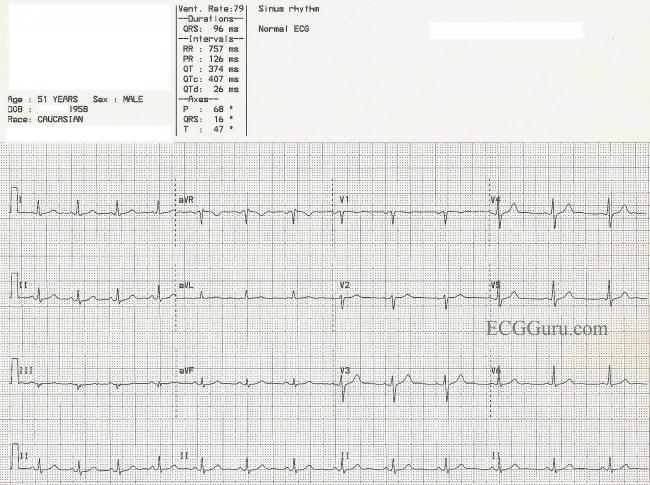



Normal Sinus Rhythm Page 2 Ecg Guru Instructor Resources
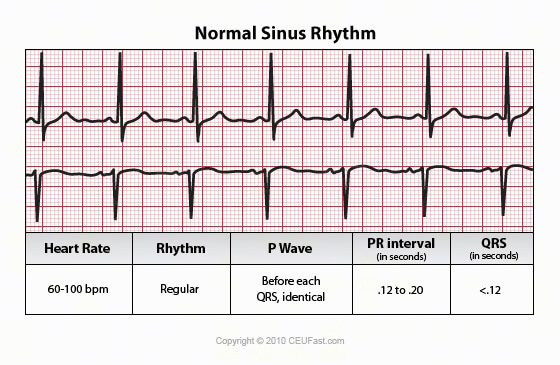



Ekg Ecg Interpretation Course Ceufast Nursing Continuing Education
Oct 01, 08 · Normal Sinus Rhythm Normal depolarization and repolarization of the heart produces a characteristic ECG rhythm Interpretation of this ECG includes determination of rate, presence of normal wave amplitudes, and correct intervals between the portions of the ECG Normally, the first step in heart depolarization is the depolarization of the SA nodeJan 05, 21 · Ecg shows a nonspecdific st abnormality, normal sinus rhythm, abnormal ecg Vent , pr 134, qrs 80 qt/qtc 378/441, prt 58/50/53 Whats this mean?An abnormal EKG is usually classified as such due to a slow or fast heart rate, or an irregular beat The table below lists many types of abnormal EKG which are described in this guide Accelerated Idioventricular Rhythm Accelerated Junctional Rhythm




Ecg Abnormalities Can Predict Covid 19 Mortality




Ekg S Internal Medicine University Of Nebraska Medical Center
A normal sinus rhythm on an EKG will show an equal distance from R wave to R wave and P wave to P waveJul 08, · Normal sinus rhythm A normal sinus rhythm is considered the normal rhythm of a healthy heart, meaning the electrical pulse from the sinus node is exactly as expected A normal sinus rhythm is the one you'd prefer to see on every patient!Sinus arrhythmia is a normal physiological phenomenon and it is considered a variation of normal sinus rhythm It is defined as an irregularity in the rate of normal sinus rhythm Its main characteristic on the EKG is a variation in the PP intervals greater than 012 s with a normal P wave morphology 1 2
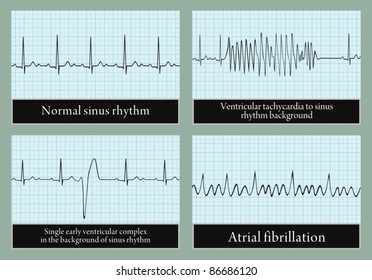



Abnormal Ekg Images Stock Photos Vectors Shutterstock
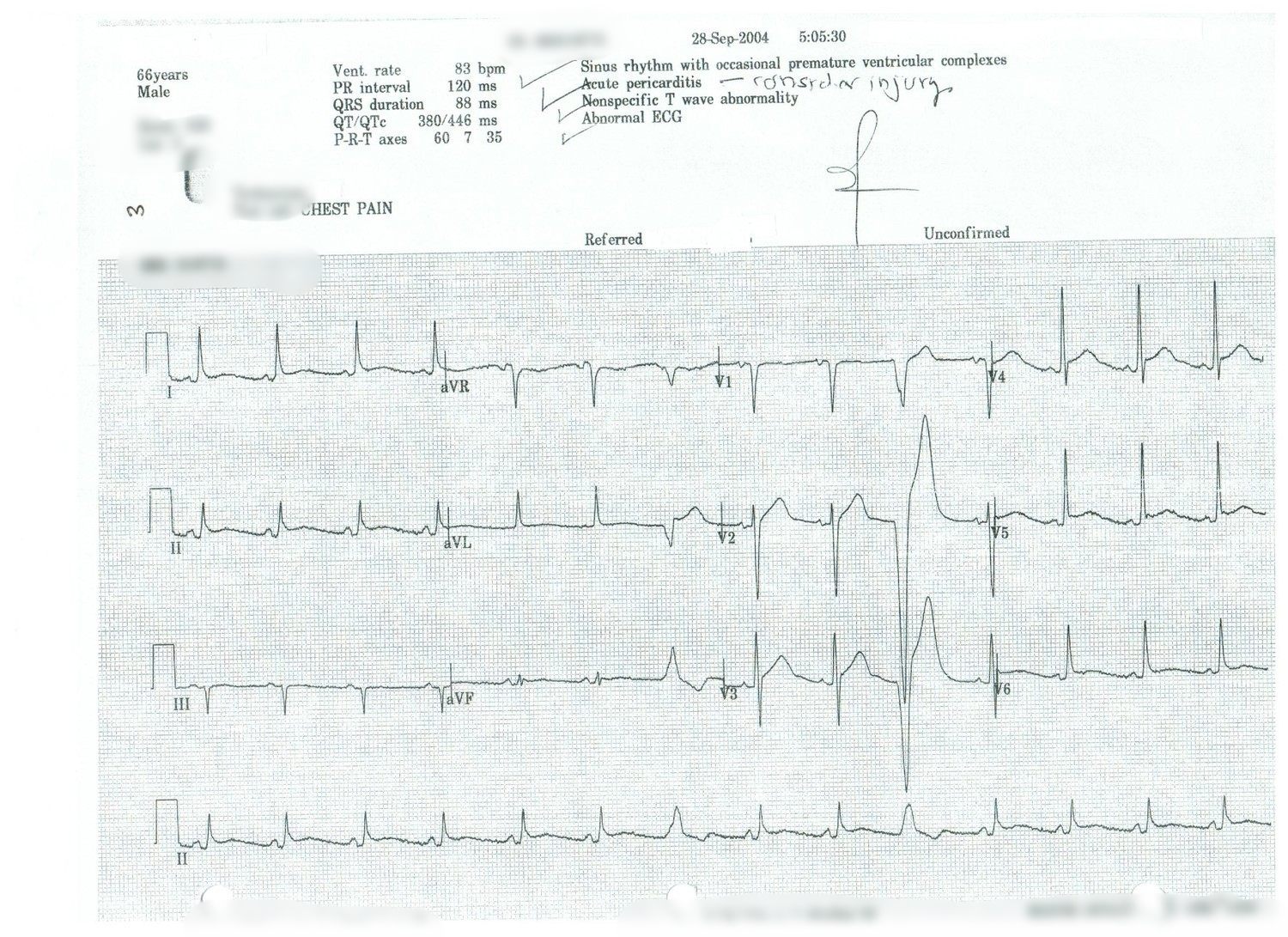



Examples Answers Legend Ekg
Dec 28, 13 · Posted on Tue, 31 Dec 13 Question My 18 year old son got his yearly physical and the dr said everything was fine, but the print out of his visit shows Abnormal ECG Sinus Rhythm, normal P axis, Vrate 5099, Abnormal Q suggests anterior infarct, Q > 30mS in V2V4 ?Jul 17, 19 · Type 1 Brugada ECG pattern (coved type) is abnormal Type 2 Brugada ECG pattern (saddle back) is nonspecific If a Type 2 pattern is seen, the ECG needs to repeated to ensure proper lead placement, and a repeat ECG with V1 and V2 in higher intercostal leads should be performed if there is no evidence of a Type 1 Brugada pattern, no further assessment is requiredApr 22, 14 · My EKG results concluded Normal sinus rhythm, possible anterior infarct, age undetermined, abnormal ECG I am a 49 year old female I'm not overweight (128 lbs, 5'6″) I recently had the EKG (my first) because of upcoming minor surgery There is




New Page 1




Dr Smith S Ecg Blog 8 Year Old With Report Of Syncope And An Abnormal Ecg
Normal Sinus Rhythm Sinus rhythm is the normal regular rhythm of the heart set by the natural pacemaker of the heart called the sinoatrial node It is located in the wall of the right atrium Normal cardiac impulses start there and are transmitted to the atria and down to the ventriclesSinus Rhythm means you heart is beating at a steady consistent rate A first degree AV block means that the electrical signal that starts in the Atria (upper chambers) of the heart and is relayed to the Ventricles (lower chambers) of the heart, is taking too long to get there It's sometimes referred to on the EKG as a prolonged PR timeThe "otherwise normal ecg" is an unfortunate phrase Sinus rhythm is the normal rhythm of the heart So the machine should interpret as Normal ECG RhythmSinus Heart Rate PR interval etc etc By saying otherwise normal ECG, of course creates unnecessary suspicionModern machines are improved in doing an automatic diagnosis (better wording
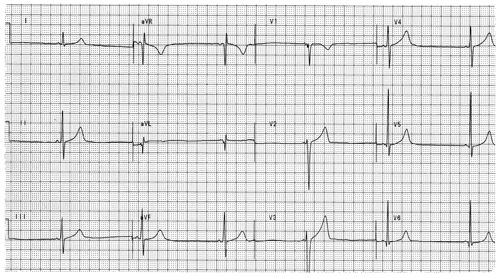



Ecg Review Abnormal Ecg In A 35 Year Old Man 06 01 15 Ahc Media Continuing Medical Education Publishing




Ecg Interpretation Characteristics Of The Normal Ecg P Wave Qrs Complex St Segment T Wave Ecg Echo
Sinus rhythm means a regular heart beat An infarct is damage to the heart muscle, typically by a heart attack Inferior means the back surface of the heart (towards your spine) Anterior means the front surface (towards your sternum)Right bundle branch block comes from a problem with the heart's ability to send electrical signals It usually doesn't cause symptoms unless you have some other heart condition Your heart has 4 chambers The 2 upper chambers are called atria, and the 2 lower chambers are called ventricles In a healthy heart, the electrical signal to startSinus bradycardia = sinus rhythm with heart rate 100 BPM in adults (or above normal ageadjusted range in children)



Six Abnormal Ecgs Not All Are Cases Of The Heart Slideshow




Sinus Arrhythmia What Is It
Dec 05, · Rhythms can originate in 3 places in the heart – the SA node, the region around the AV node (known as nodal, or junctional rhythm), or the ventricular muscle Sinus Rhythm This means that the rhythm of the heart is being controlled by the SA node – ie this is the 'normal' rhythm of the heartManagement and Treatment Management of Irregular Heart Rhythms in Women Treatment options include Medications – antiarrhythmic drugs are medications used to convert the arrhythmia to normal sinus rhythm or to prevent arrhythmia Other medications may include heartrate control drugs;Http//proaclscom ACLS Certification Training Videos **Get $ off your certification or recertification with the discount code youtubeacls17A Normal Si




Ecg Cases Emergencypedia




Electrocardiography Bioninja
The ECG demonstrates atrioventricular block with 2 independent rhythms a junctional tachycardia at 130 bpm (black asterisks) and a sinus tachycardia at 100 bpm (red asterisks)Apr 23, · In this image of a normal ECG, the QRS complex represents the electrical impulse as it is being distributed, via the bundle branch system, throughout the ventricles Since normally both ventricles receive the electrical impulse at the same time, the normal QRS complex is relatively narrow (generally less than 01 second in duration)Nov 12, 17 · Normal sinus rhythm is a regular rhythm found in healthy people Sinus arrhythmia means there is an irregularity in the heart rhythm, originating at the sinus node In




Normal And Abnormal Ecg Youtube
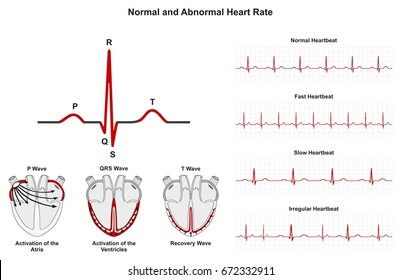



Abnormal Ekg Images Stock Photos Vectors Shutterstock
Dec 19, 09 · Sinus rhythm with marked sinus arrhythmia abnormal ekg Download Here Free HealthCareMagic App to Ask a Doctor All the information, content and live chat provided on the site is intended to be for informational purposes only, and not a2 doctor answers • 3 doctors weighed in Iam 65 years old abnormal ecg Normal sinus rhythm Possible inferior infarction , age undetermined ST& T wave abnormality, consider lateral ischemia?Various Abnormal ECG Rhythms Practice STUDY Flashcards Learn Write Spell Test PLAY Match Gravity Created by mytray Terms in this set (54) Normal Sinus Tachycardia Regular sinus rhythm PVC Atrial fib PVC Atrial fib Junctional escape rhythm Atrial fib Junctional escape rhythm Regular sinus rhythm run of ventricular
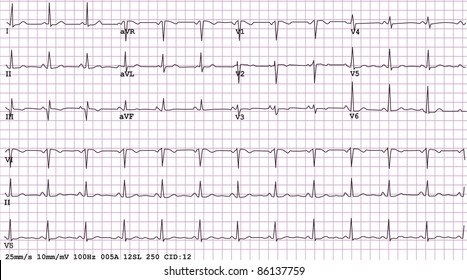



Normal Ecg High Res Stock Images Shutterstock



3
Dec 24, · I had abnormal ekg where it said normal sinus rhythm, cannot rule out anterior infraction, age undetermined, nonspecific t wave abnormalities no longer evident in inferior leadsThen my troponin 1 levels came back normal the doctor in the hospital did not mention anything to me I have postpartum preeclampsia with high blood pressure they prescribed me• *Sinus Arrest* • Considered a 'Sinus rhythm' but is abnormal Summary • Checklist • Criteria ECG INTERPRETATION • If the normal ECG is known then interpretation of abnormals becomes easier Title Normal Sinus RhythmMar , 21 · The normal sinus rhythm has these electrocardiographic characteristics Heart rate between 60 and 100 bpm (RR between 3 and 5 big squares) RR interval must be constant (similar RR intervals) Positive P wave in lead II and negative in lead aVR




Suebkwan Nawayuth K G Winz Profile Pinterest



Abnormal Ekg S And Corresponding Arterial Waveforms
Heart Rhythms on ECG The heart's electrical system triggers the heartbeat Each beat of the heart is represented on the electrocardiogram (EKG or ECG) by a wave arm The normal heart rhythm (normal sinus rhythm) shows the electrical activity in the heart is following the normal pathway The rhythm is regular and the node is normal (about 50May 15, 21 · Includes ekg tracings and assessment tips Abnormal ekg rhythms are called arrhythmias although sometimes the term dysrhythmias may be used Normal ekg rhythms include a normal sinus rhythm in which each p wave is followed by a qrs complex and occur at a rate of 60 to 100 beats per minute Source smediacacheak0pinimgcomDuring this lecture we will begin by learning how t




Cv Physiology Abnormal Rhythms Definitions




Sinus Tachycardia Wikipedia
Jan 02, 18 · Normal sinus rhythm is defined as the rhythm of a healthy heart It means the electrical impulse from your sinus node is being properly transmitted In adults, normal sinus rhythm usuallyCertain abnormalities seen on an ECG can also suggest bulges (aneurysms) that develop in weak areas of the heart's walls Aneurysms may result from a heart attack If the rhythm is abnormal (too fast, too slow, or irregular), the ECG may also indicate where in the heart the abnormal rhythmNormal Sinus Rhythm except – Heart Rate greater than 100 bpm Normal Rhythms Normal Rhythms !!!
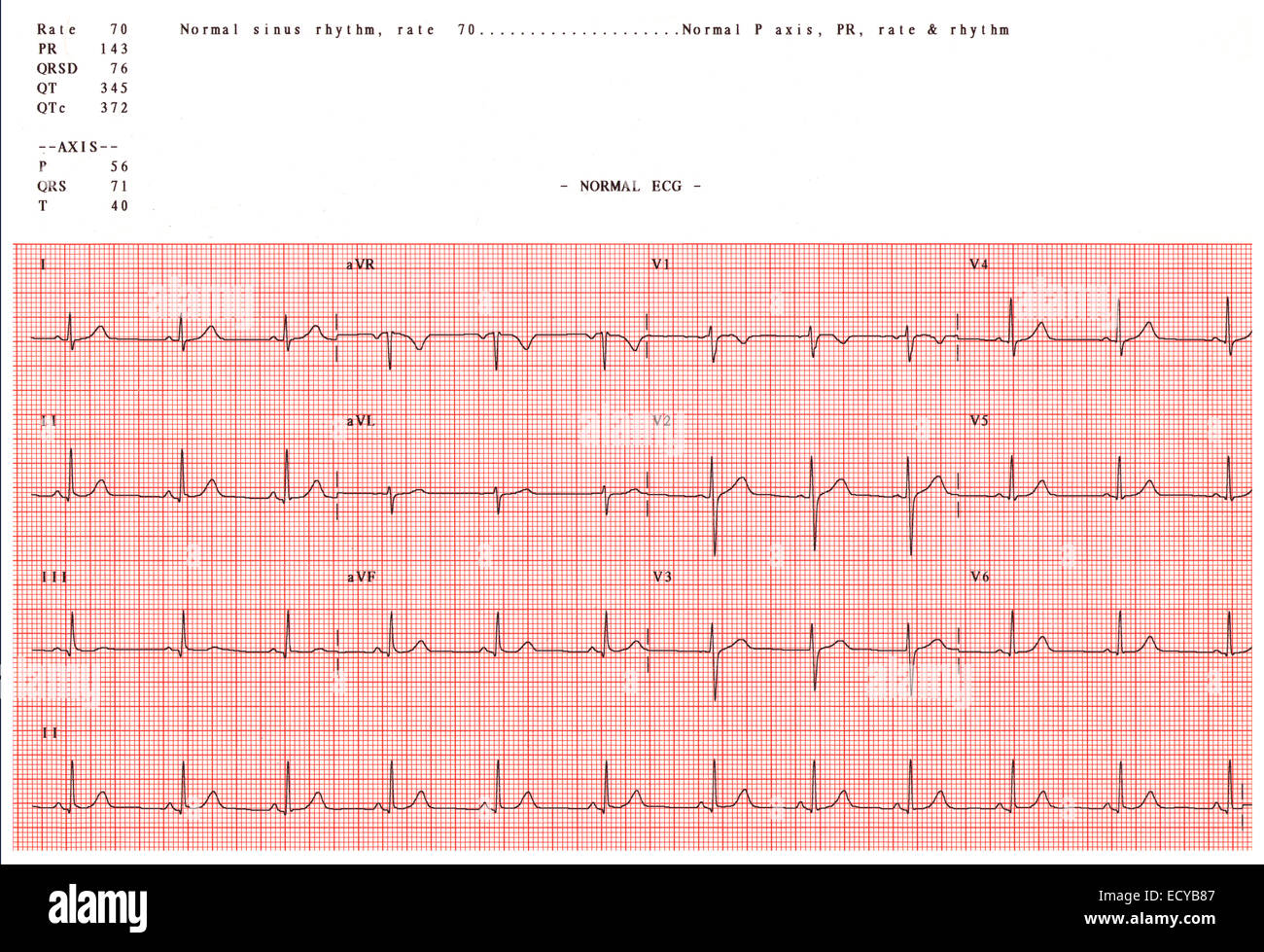



Normal Ecg High Resolution Stock Photography And Images Alamy



Rhythm Strip Flash Card Practice



1




12 Lead Electrocardiogram Ecg Of The Hcm Subject Showing Normal Sinus Download Scientific Diagram



The 12 Rhythms Of Christmas Sinus Tachycardia Ems 12 Lead




Ekg S Internal Medicine University Of Nebraska Medical Center



Ecg A Pictorial Primer
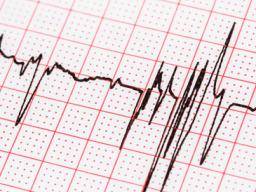



Ekg Results For A Fib Characteristics Types Symptoms And Treatment
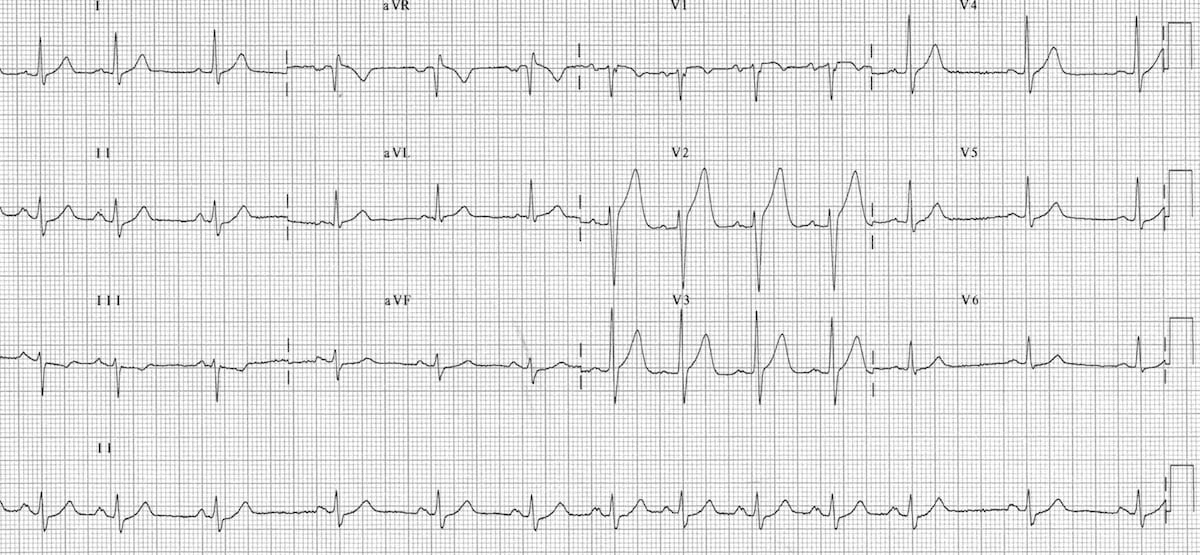



Sinus Arrhythmia Litfl Medical Blog Ecg Library Basics



Six Abnormal Ecgs Not All Are Cases Of The Heart Slideshow




Sinus Rhythm Wikipedia




Ecg Amboss




Normal Sinus Rhythm The Premier Ekg Resource For Medical Professionals Ekg Md Dr Anthony Kashou




Recognising Signs Of Danger Ecg Changes Resulting From An Abnormal Serum Potassium Concentration Emergency Medicine Journal




6 Atrial Flutter Treatment Symptoms Ecg Serious Vs Afib




Common Examples Of Abnormal Ecgs 11 A Normal Sinus Rhythm B Download Scientific Diagram




Normal Ecg Electrocardiography Cardiology



Importance Of Lead Avl In Stemi Recognition Ecg Medical Training




Six Abnormal Ecgs Not All Are Cases Of The Heart Slideshow
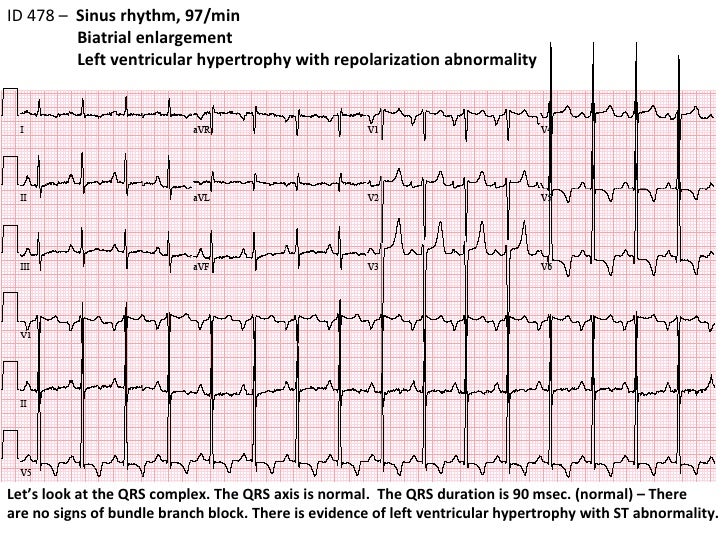



Stepwise Interpretation Of Ecg Id478




Normal Sinus Rhythm Litfl Medical Blog Ecg Library Basics




Pin On Education
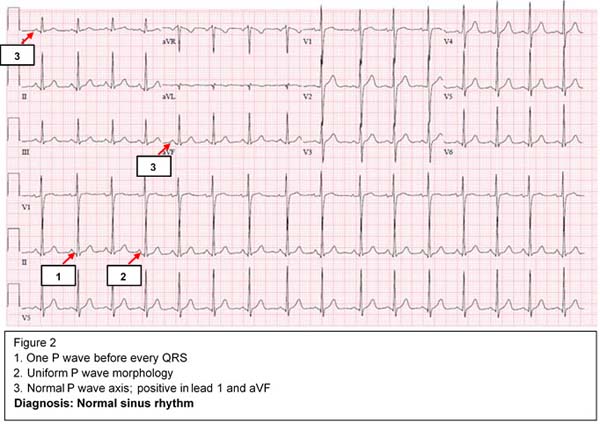



Ekg Interpretation




Electrocardiography Abnormalities Arrhythmias 7 Ppt Video Online Download




Ekg Results For A Fib Characteristics Types Symptoms And Treatment



How To Read An Electrocardiogram Ecg Part One Basic Principles Of The Ecg The Normal Ecg
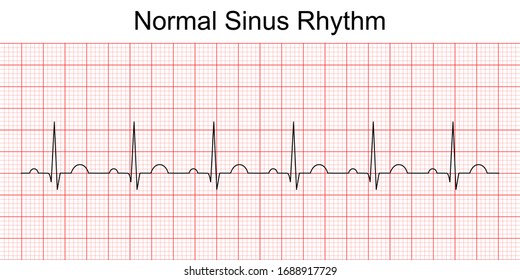



Normal Sinus Rhythm High Res Stock Images Shutterstock




Module 1 Introduction To Ecg Normal Ecg Importance
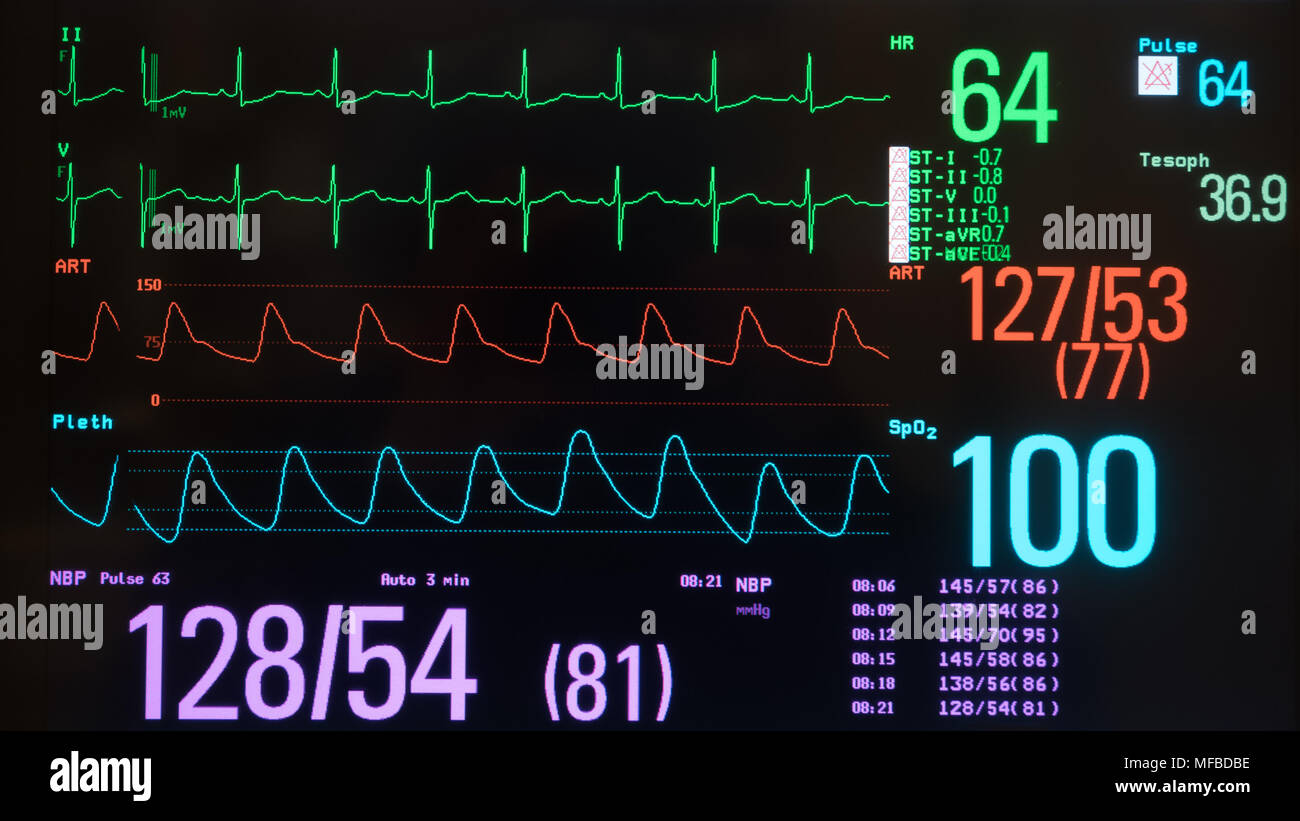



Normal Ecg High Resolution Stock Photography And Images Alamy
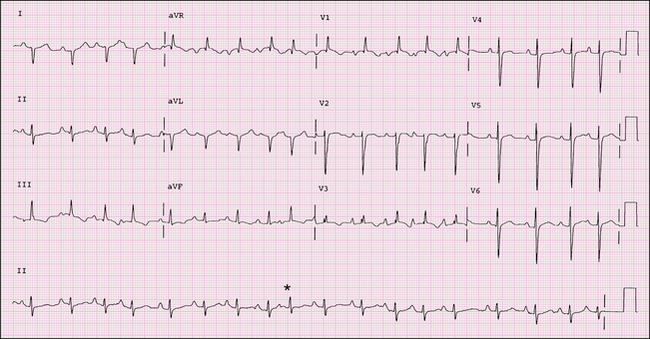



Electrocardiography Radiology Key
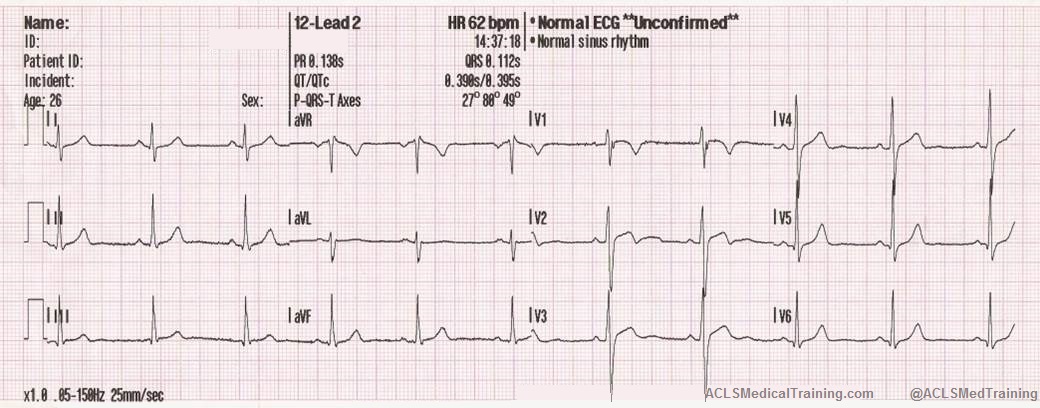



Guide To Understanding Ecg Artifact Acls Medical Training




Pvc Ecg Example 2 Learntheheart Com




Normal Sinus Rhythm Ekg Ecg Interpretation Youtube
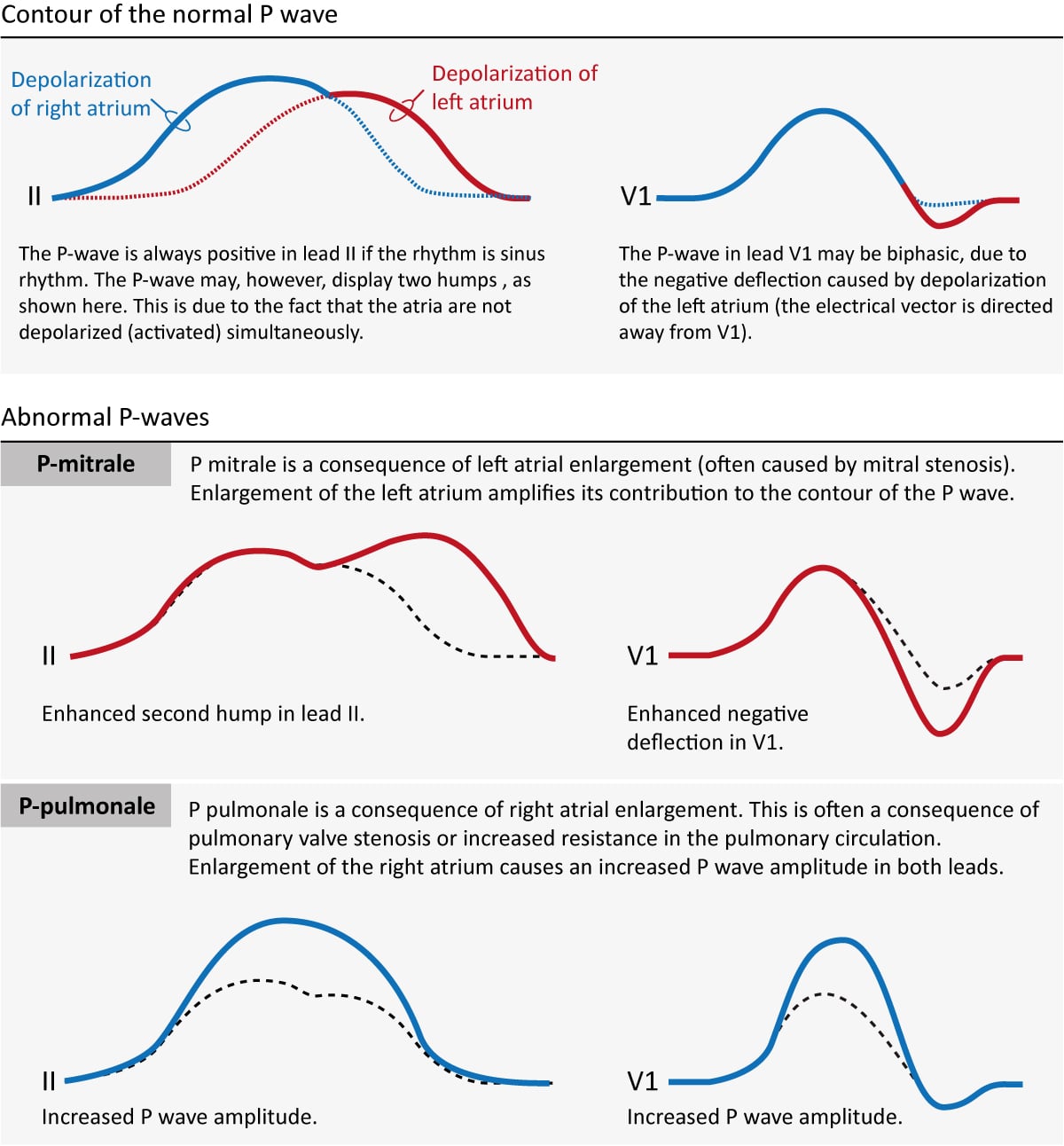



Ecg Interpretation Characteristics Of The Normal Ecg P Wave Qrs Complex St Segment T Wave Ecg Echo




Abnormal Ecg Findings In A Young Patient With Unexplained Shortness Of Breath Circulation




Cv Physiology Abnormal Rhythms Definitions




Sinus Rhythms Medictests




The Ekg Of Our Patient Showed Sinus Rhythm Of 62 Min An Abnormal Left Download Scientific Diagram



The 12 Rhythms Of Christmas Sinus Tachycardia Ems 12 Lead




Dr Smith S Ecg Blog Besides The Nonspecific T Wave Inversion In Avl What Else Is Abnormal On This Ecg
/GettyImages-139820244-56a471823df78cf772826b4f.jpg)



What Is Normal Sinus Rhythm




Sinus Bradycardia Wikipedia




Some Ecg Patterns A Normal Sinus Rhythm B Ventricular Tachycardia Download Scientific Diagram




Normal Sinus Rhythm Ecg Emtprep Com Youtube




Common Examples Of Abnormal Ecgs 11 A Normal Sinus Rhythm B Download Scientific Diagram




Rhythm Recognition Acls Medical Training
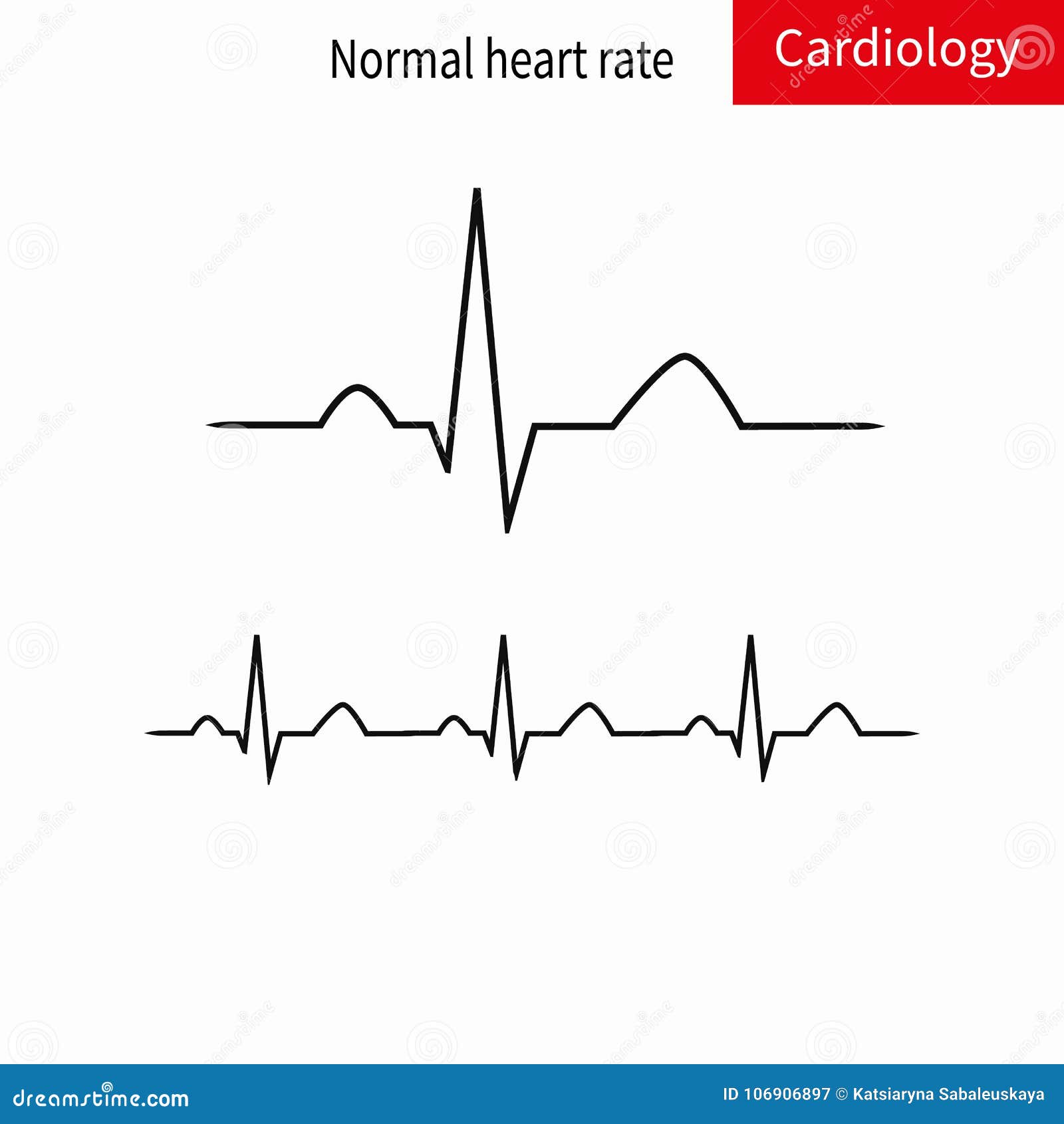



Normal Ecg Complex And Normal Sinus Rhythm Stock Illustration Illustration Of Desease Death



1




Normal Sinus Rhythm Ekg Ecg Interpretation Youtube




Ecg Case An Irregular Pulse In A Healthy 25 Year Old Woman Backseat Sophist




Ekg Ecg Interpretation Course Ceufast Nursing Continuing Education




Ecg Learning Center An Introduction To Clinical Electrocardiography




Sinus Arrhythmia Litfl Medical Blog Ecg Library Basics




Pin On Ecg Tricks
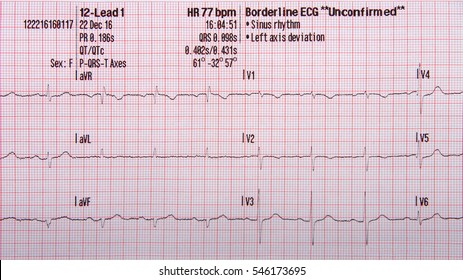



Normal Sinus Rhythm High Res Stock Images Shutterstock




Abnormal Ekg What It Means And Treatment Options



How To Read An Electrocardiogram Ecg Part 2 Abnormalities Of Electrical Conduction




Pin On Med School
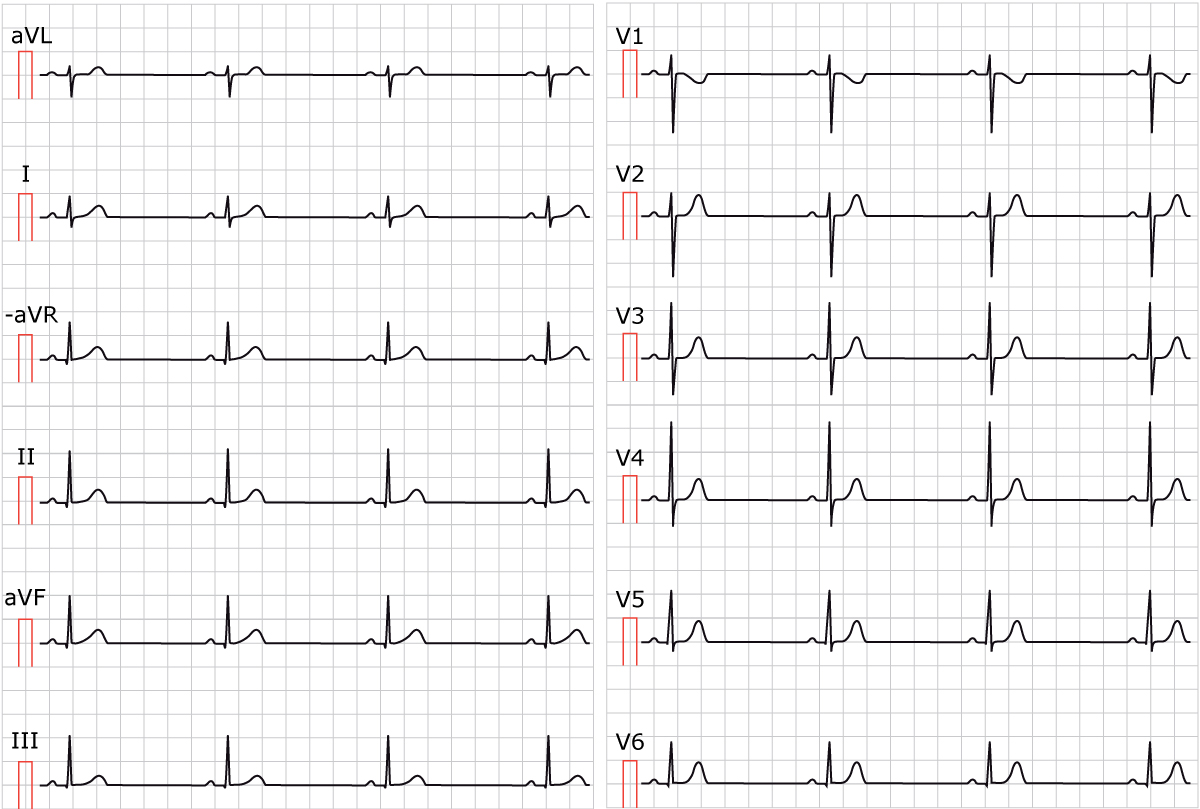



Sinus Bradycardia Definitions Ecg Causes And Management Ecg Echo




Normal Sinus Rhythm On An Ekg Circulatory System And Disease Nclex Rn Khan Academy Youtube




Sinus Rhythm Wikipedia




Ecg Demonstrates Sinus Arrhythmia Note The Irregular Heart Rate That Download Scientific Diagram



The 12 Rhythms Of Christmas Sinus Tachycardia Ems 12 Lead




Ekg Interpretation
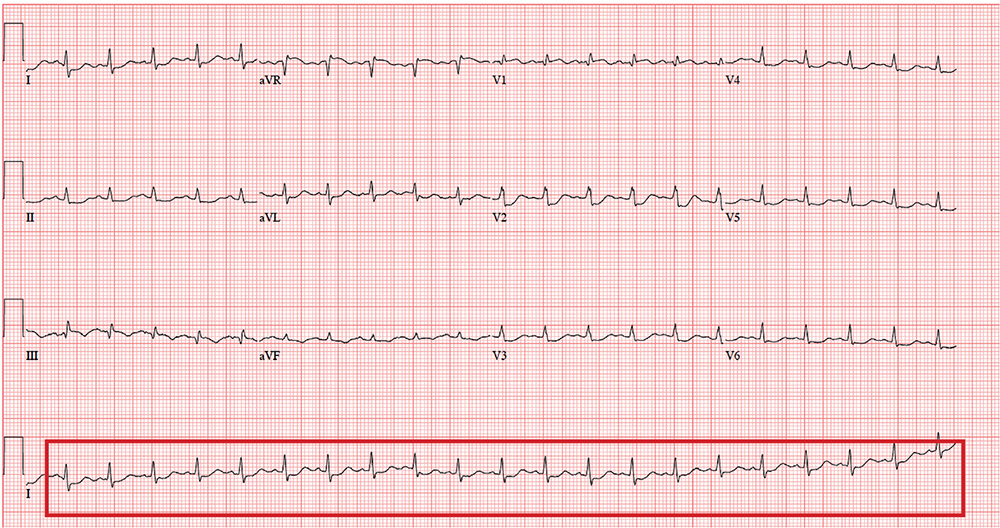



What Do You See In This Ecg Clinician Reviews




Sinus Arrhythmia What Is It




Sinus Bradycardia Wikipedia




Ecg Demonstrating Normal Sinus Rhythm At 86 Bpm No Other Significant Download Scientific Diagram
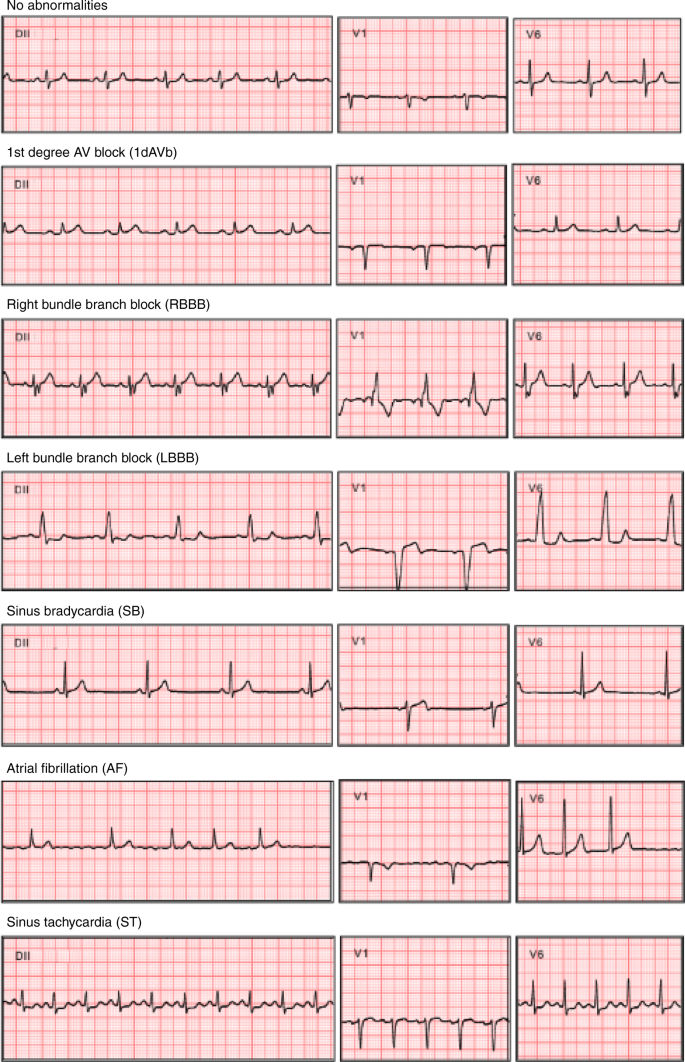



Automatic Diagnosis Of The 12 Lead Ecg Using A Deep Neural Network Nature Communications



How To Read An Electrocardiogram Ecg Part 2 Abnormalities Of Electrical Conduction



How To Read An Electrocardiogram Ecg Part 2 Abnormalities Of Electrical Conduction




Normal Sinus Rhythm An Overview Sciencedirect Topics




Pin On Ecg Module 1




Ekg S Internal Medicine University Of Nebraska Medical Center
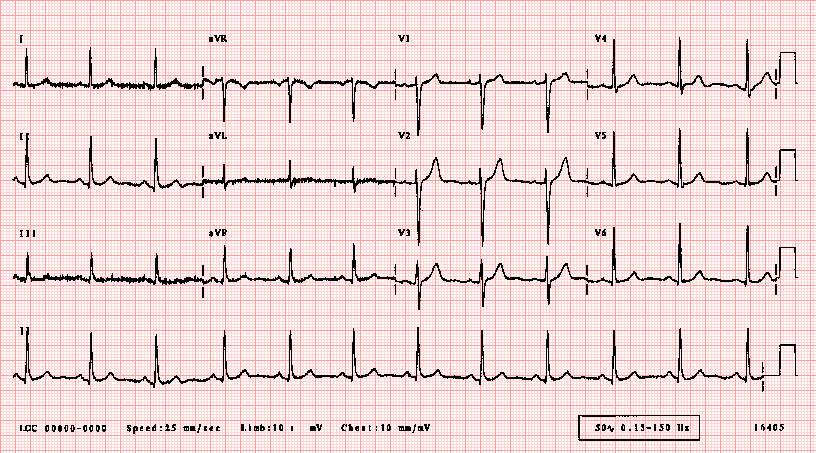



Ecglibrary Com Normal Adult 12 Lead Ecg




Normal Sinus Rhythm Training Acls Cardiac Rhythms Video Proacls




Overview Of Abnormal Heart Rhythms Heart And Blood Vessel Disorders Merck Manuals Consumer Version
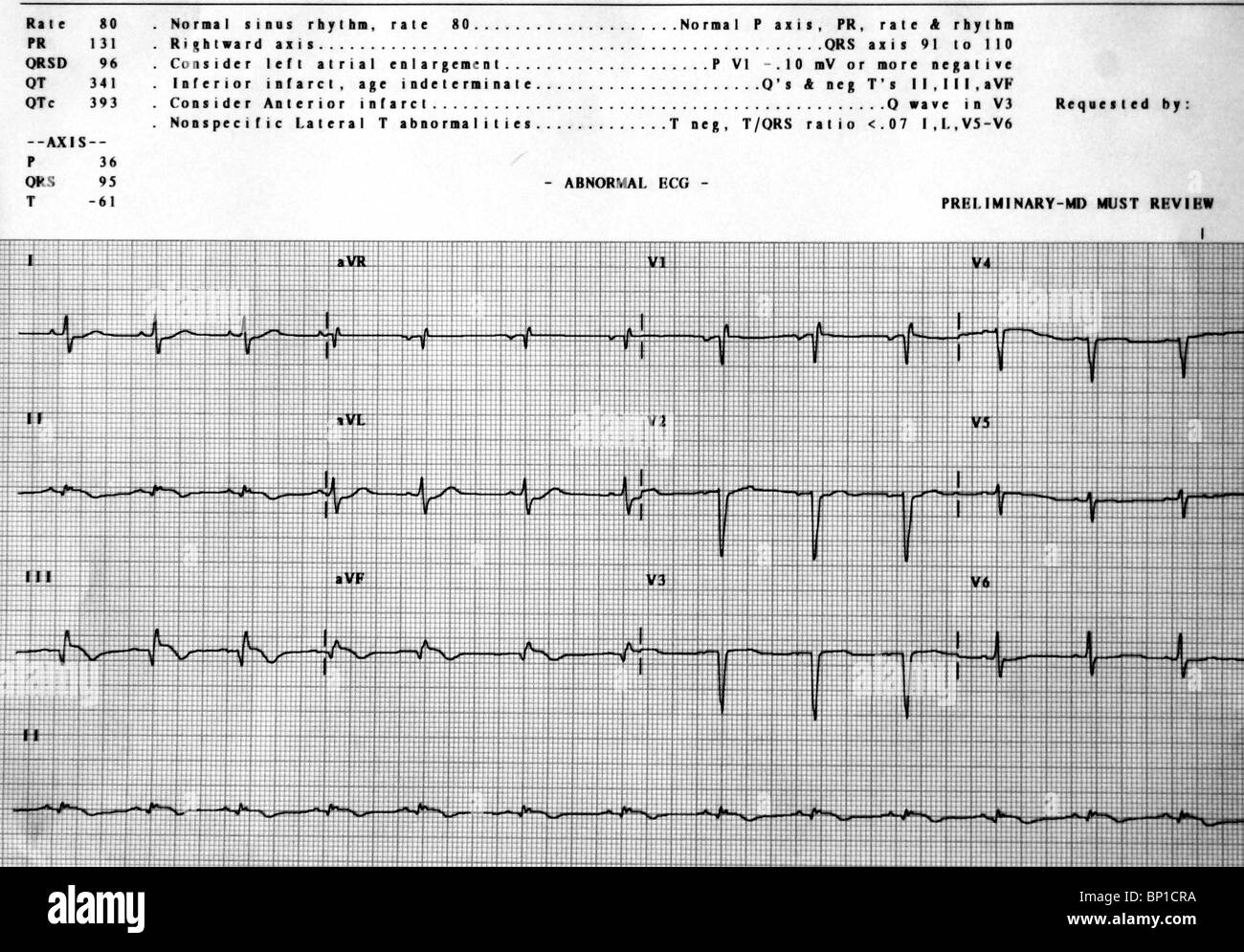



Ekg Showing Normal Sinus Rhythm And An Inferior Infarct Stock Photo Alamy


コメント
コメントを投稿